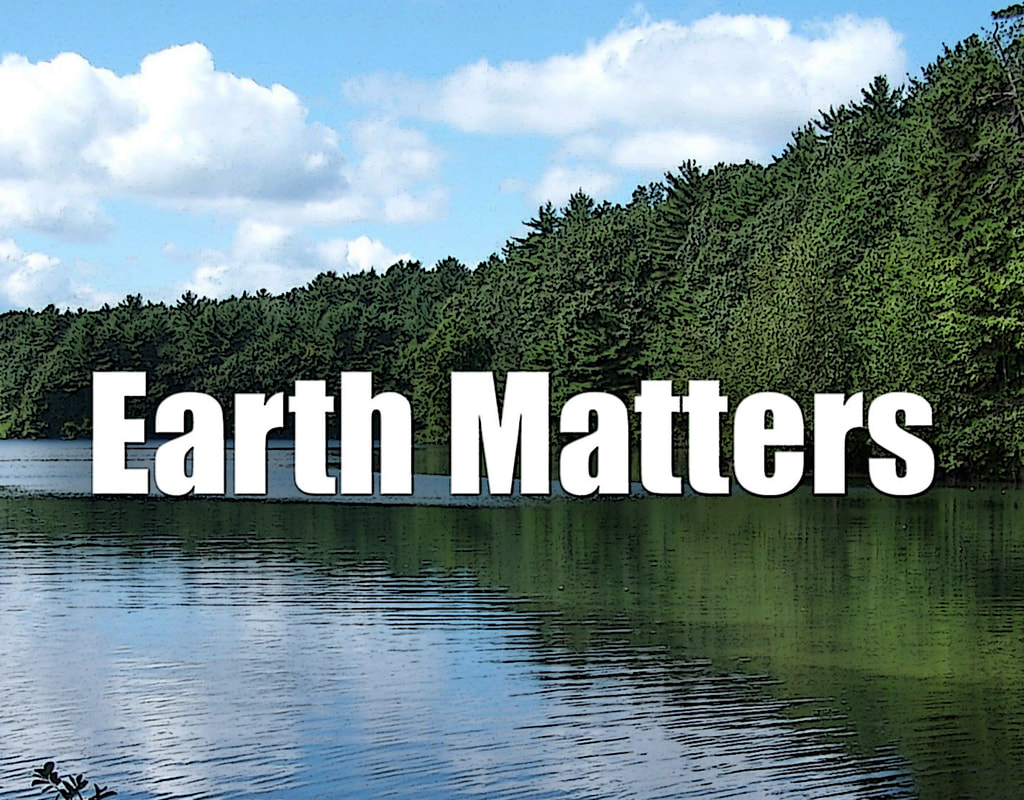|
Eighty years is a drop in the proverbial bucket of geologic time. But it seems to be a long spell in human terms. Two very different winters, eighty years apart, might provide a cautionary tale and speak to the profound climatic changes which have occurred in just one human lifespan. The winters of 1936 and 2016 were as different as two winters can be, especially here in the Northeastern United States. This February was not just the warmest worldwide February on record; it was a staggering 2.43 degrees Fahrenheit above the average (based on the period from 1951-1980). It marked the tenth straight month that the monthly record for the planet was broken. Records date back to 1880.
Climatologists were taken back by the unprecedented margin of the record. Prior to these recent record-breaking temperatures, such records were typically broken by a few hundredths of a degree. (Keep in mind this is a worldwide average and even .05 degrees across the entire planet is notable.) Each of the last five months have been 1.85 degrees Fahrenheit or more above average. It was the 372nd consecutive month at or above average worldwide, dating back 31 years, when February 1985 was colder than normal. Last year was the warmest since records began being compiled. Fifteen of the sixteen warmest years on record have occurred since 2000. The sixteenth was in 1998. Ironically, the announcement of the record by NASA, the National Oceanic and Atmospheric Administration (NOAA) and the Japanese Meteorological Agency coincided with the 80th anniversary of the Saint Patrick's Day Flood and the end of the infamous winter of 1936. The Saint Patrick's Day Flood of 1936 marked the end of a winter of record cold, heavy snow and overwhelming spring floods. When comparing 1936 to 2016, it would seem that we were in two different climatic zones. Despite the blizzard in mid-winter, many parts of Pennsylvania experienced one of the least snowy winters on record. Williamsport missed every notable snow and had less than six inches this winter. Philadelphia set a record for most winter days over both 50 (48 days) and 60 degrees (23 days). Such mild and snowless weather is typically reserved for places at the latitude of North Carolina. Beyond the impact of global warming, those two contrasting years were different for another reason. A strong El Niño has added an exclamation point to an already record-breaking streak here in 2016. El Niños are uncommonly warm ocean waters in the equatorial Pacific and are made stronger by a warming planet. El Niños come and go periodically and generate warmer temperatures by themselves. This also speaks to several important points connected with unusual temperatures. Weather changes often and a single unusual day or week does not constitute climate change. But longer term change can be an indication of bigger things amiss. This is why scientists are especially concerned about both this string of extraordinarily warm months and long spell of very warm years. For more visit National Oceanic and Atmospheric Administration's State of the Climate Report.
0 Comments
Your comment will be posted after it is approved.
Leave a Reply. |
Climate and Weather
Understanding Pennsylvania Snow
The Flood of 1947 The Hottest Day Rising Sea Level Cold Winters & Big Pictures Rainy Junes: 1972 & 2015 Penn State's Weather World The Paris Accord 2016's Peculiar Snowstorm Two Different Winters: 1936 & 2016 The Year Without A Summer Pennsylvania's Hottest Summer Other Categories |
|
All Original Material - Copyright © - All rights reserved. No part of this site may be used without written consent. Email John with questions.
Site Powered by Weebly. Managed by Brush Mountain Media LLC. |
© COPYRIGHT
2010-2023. |

